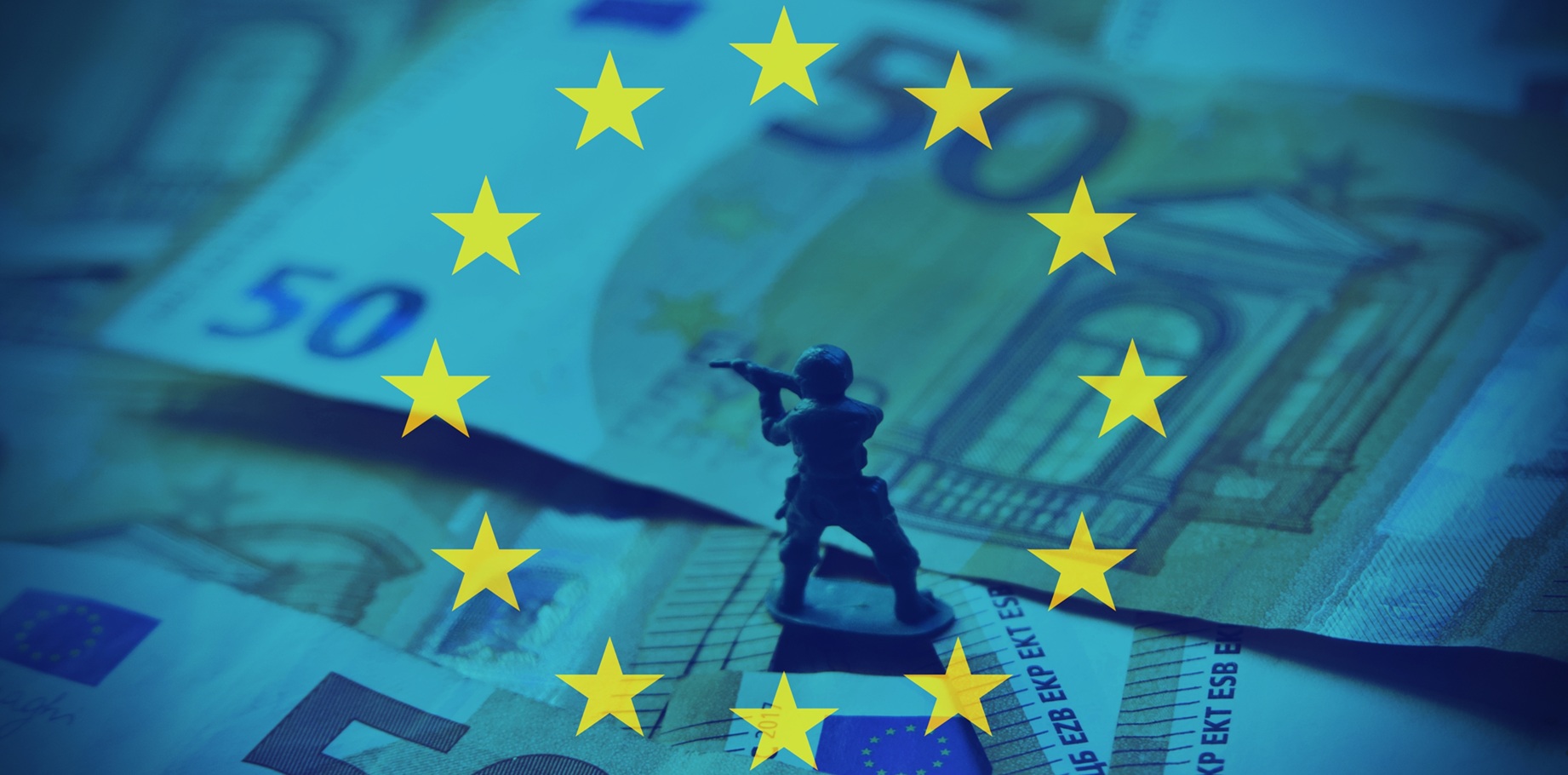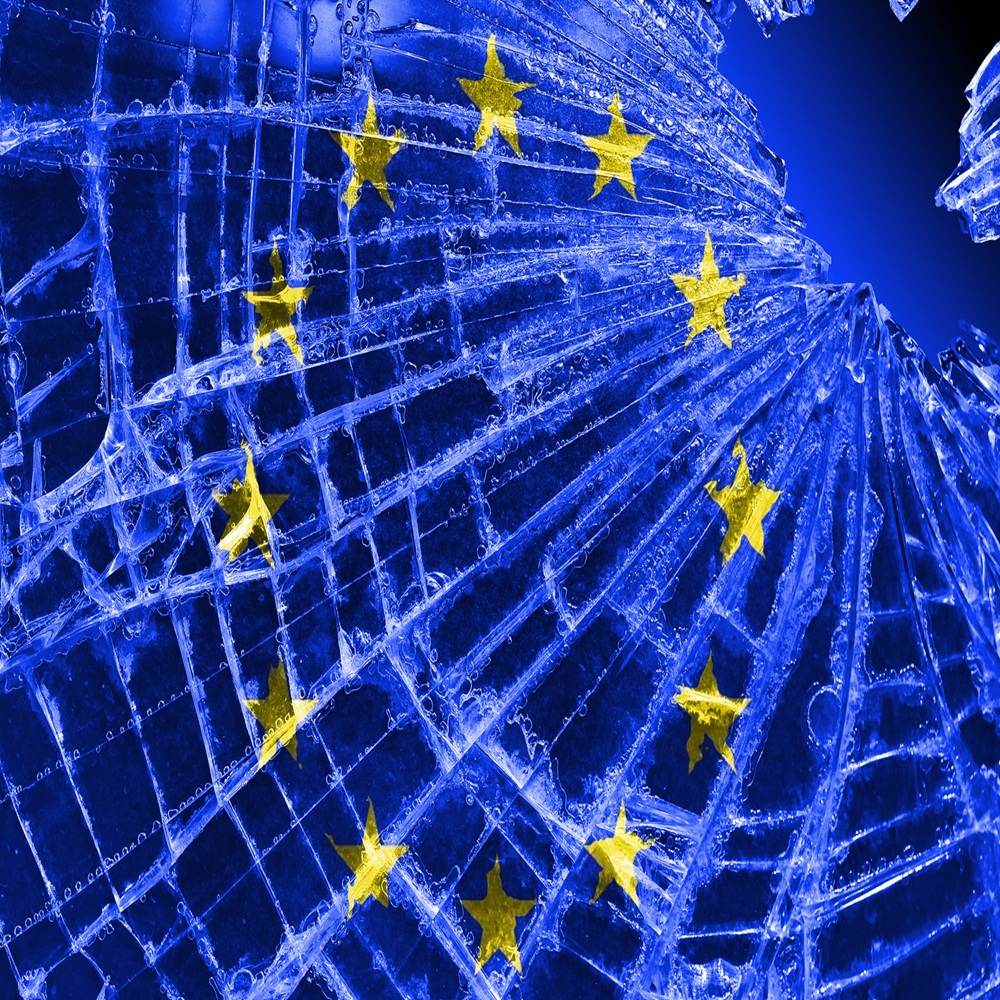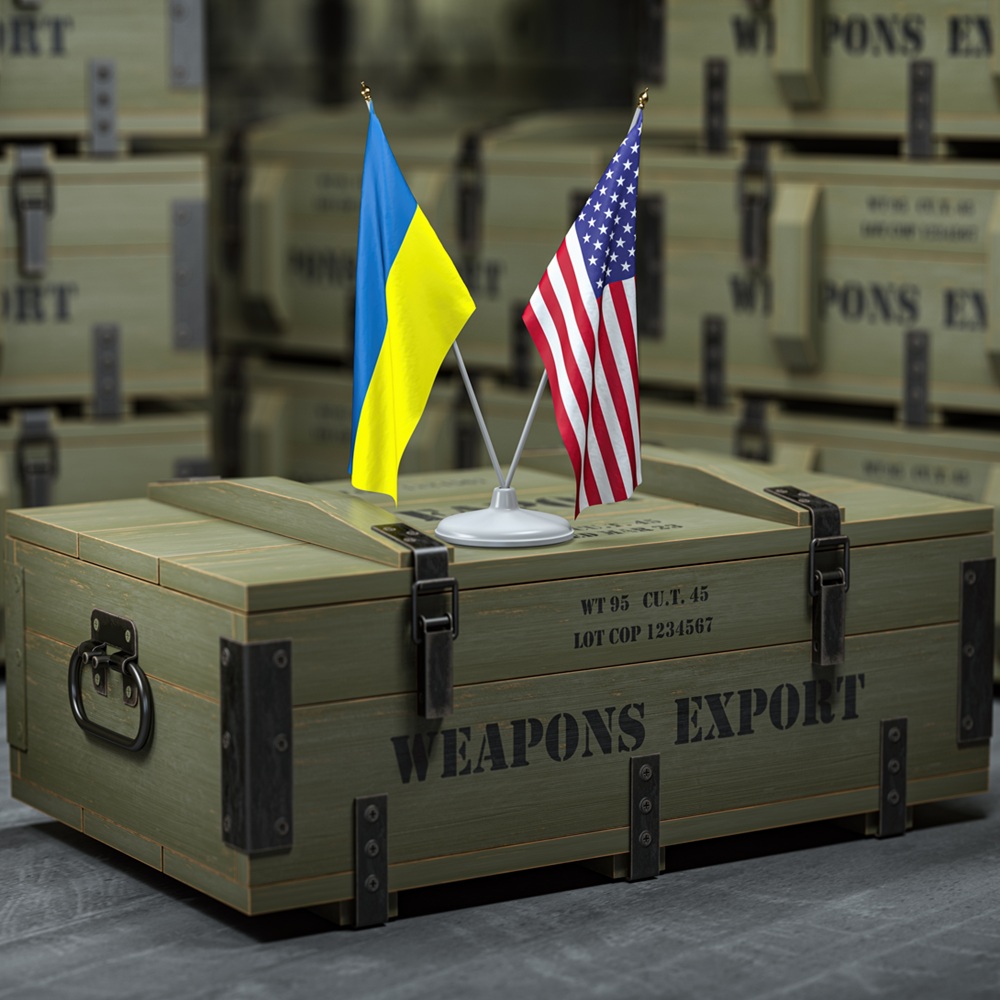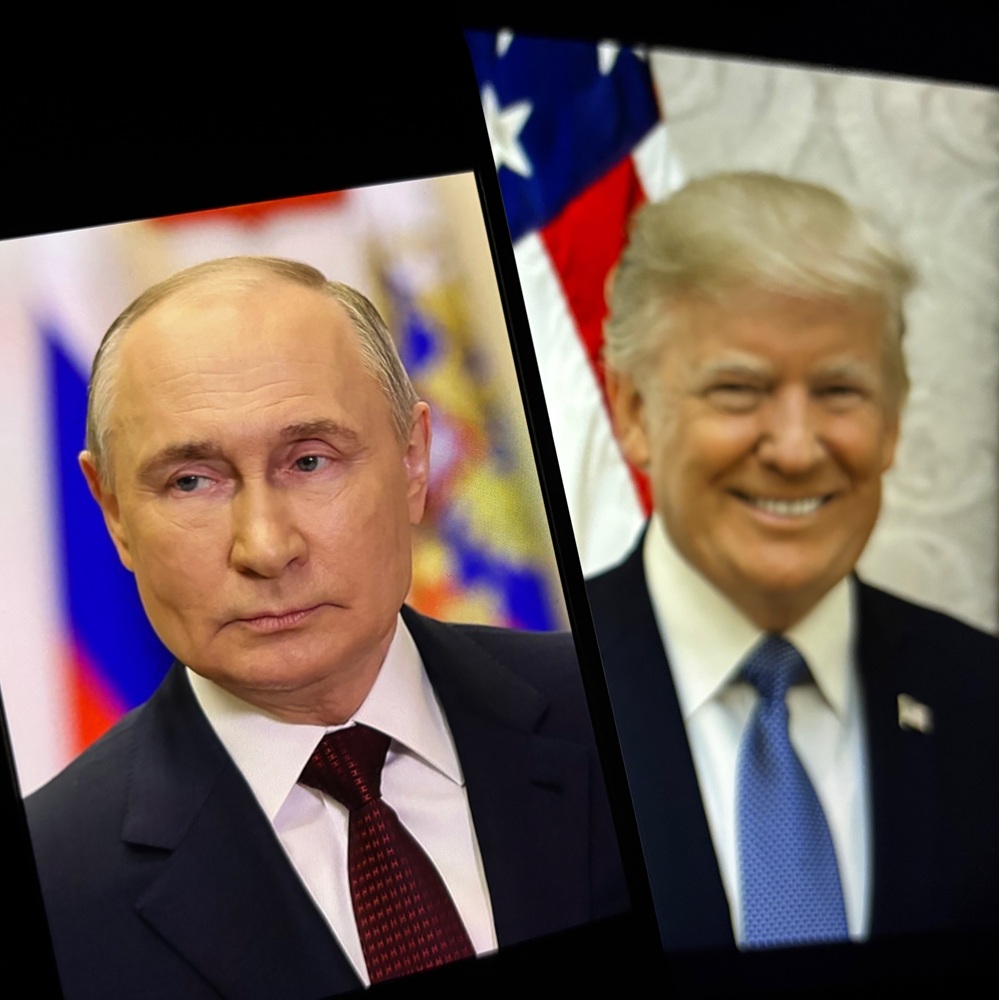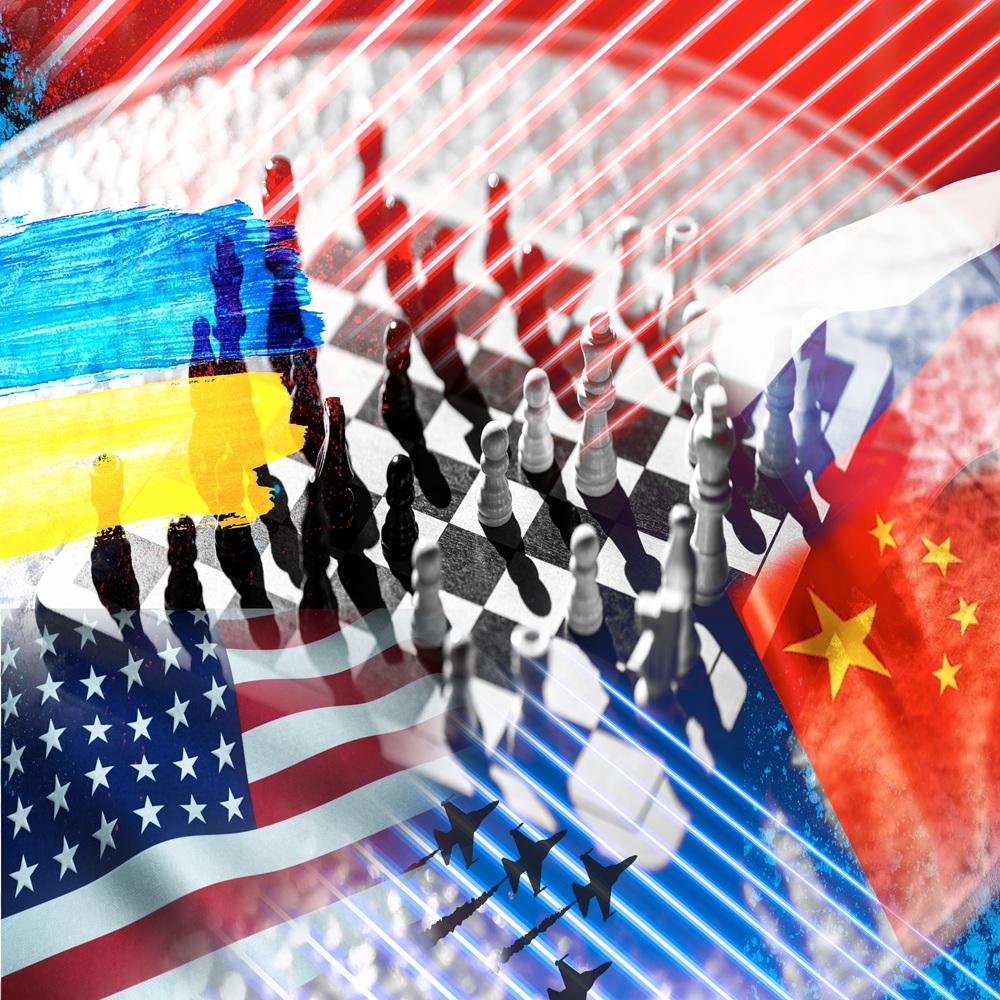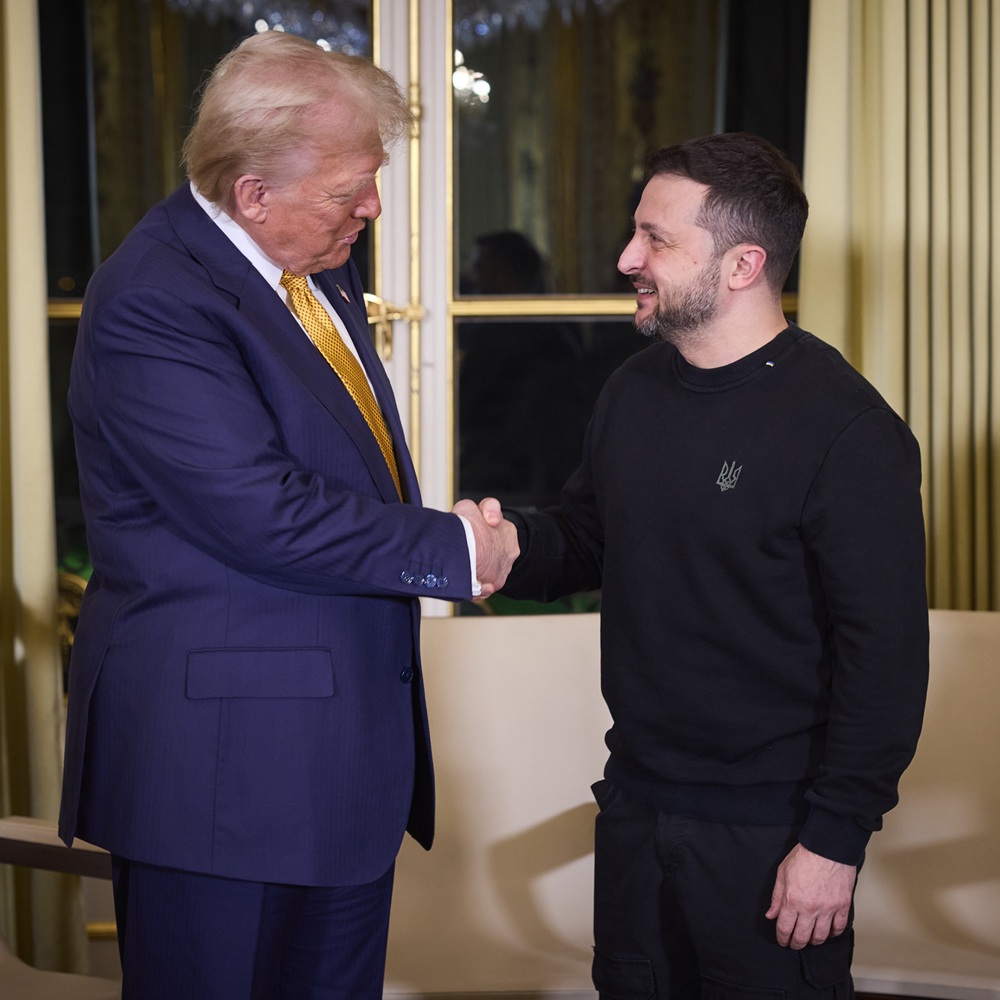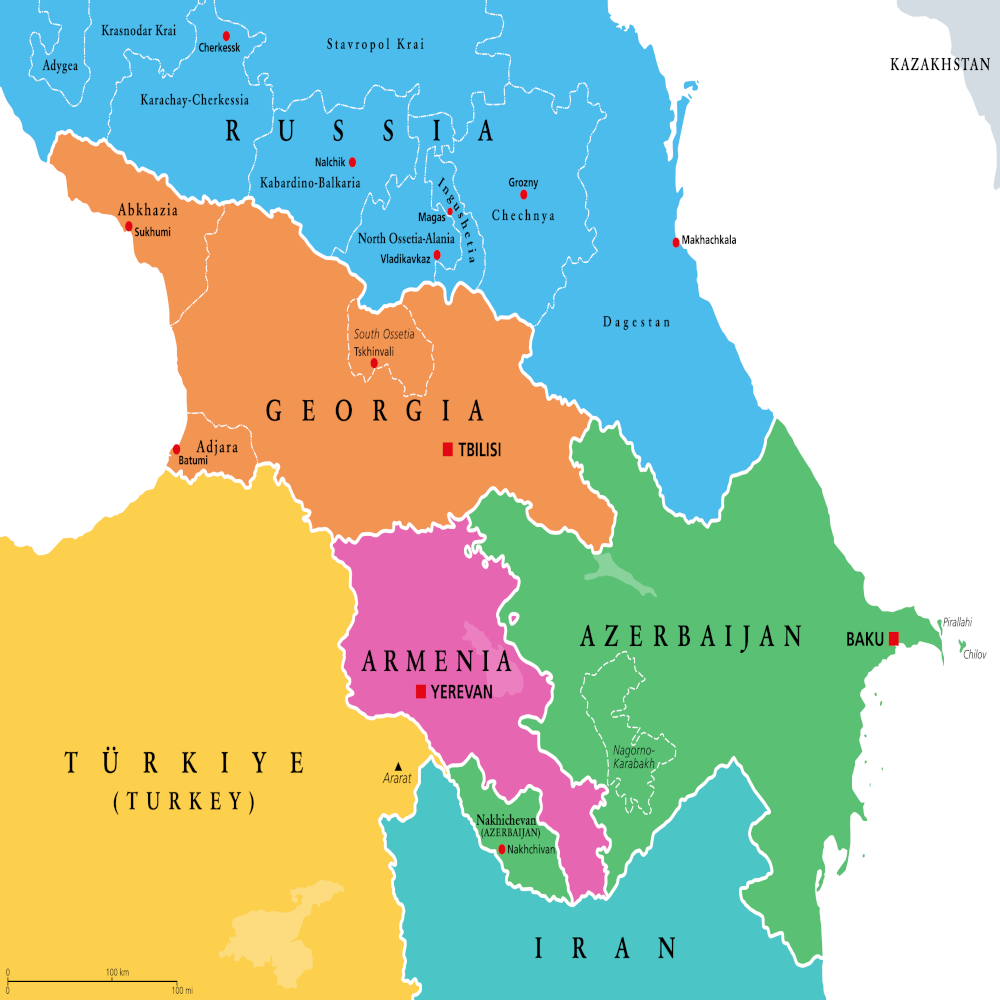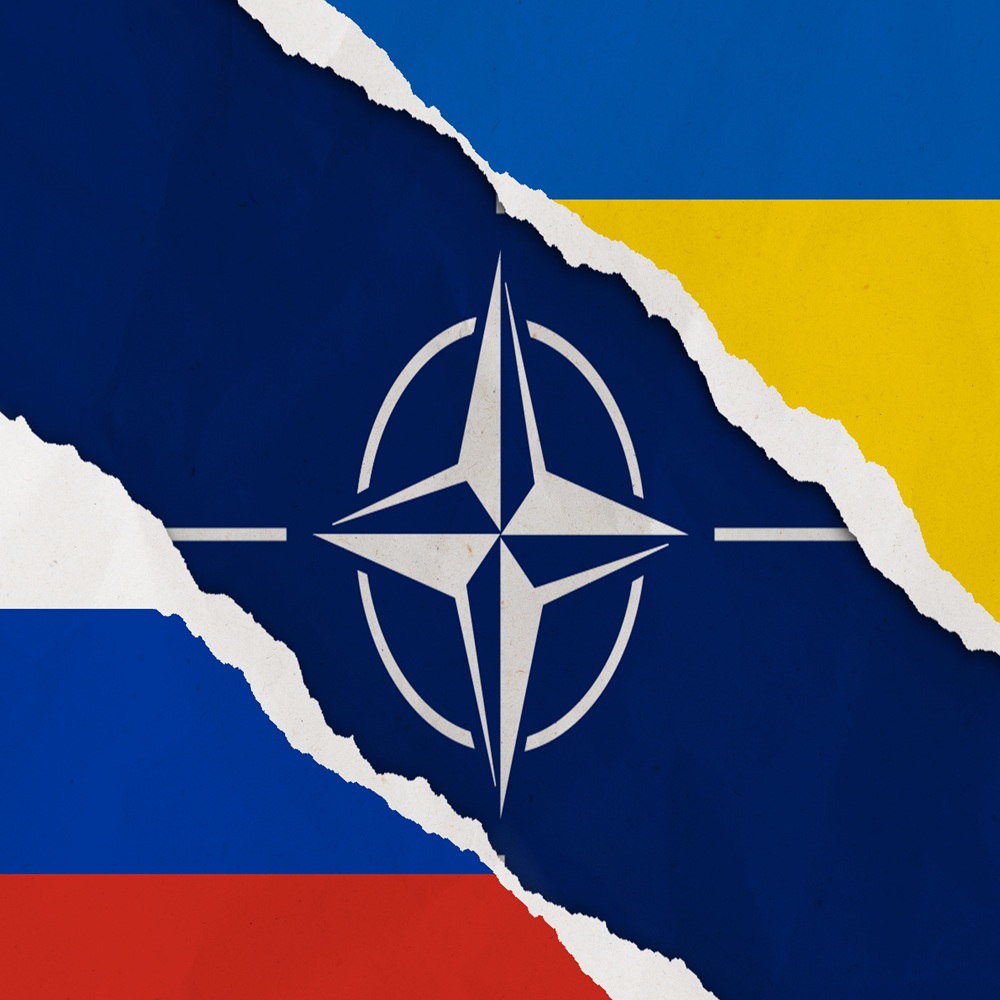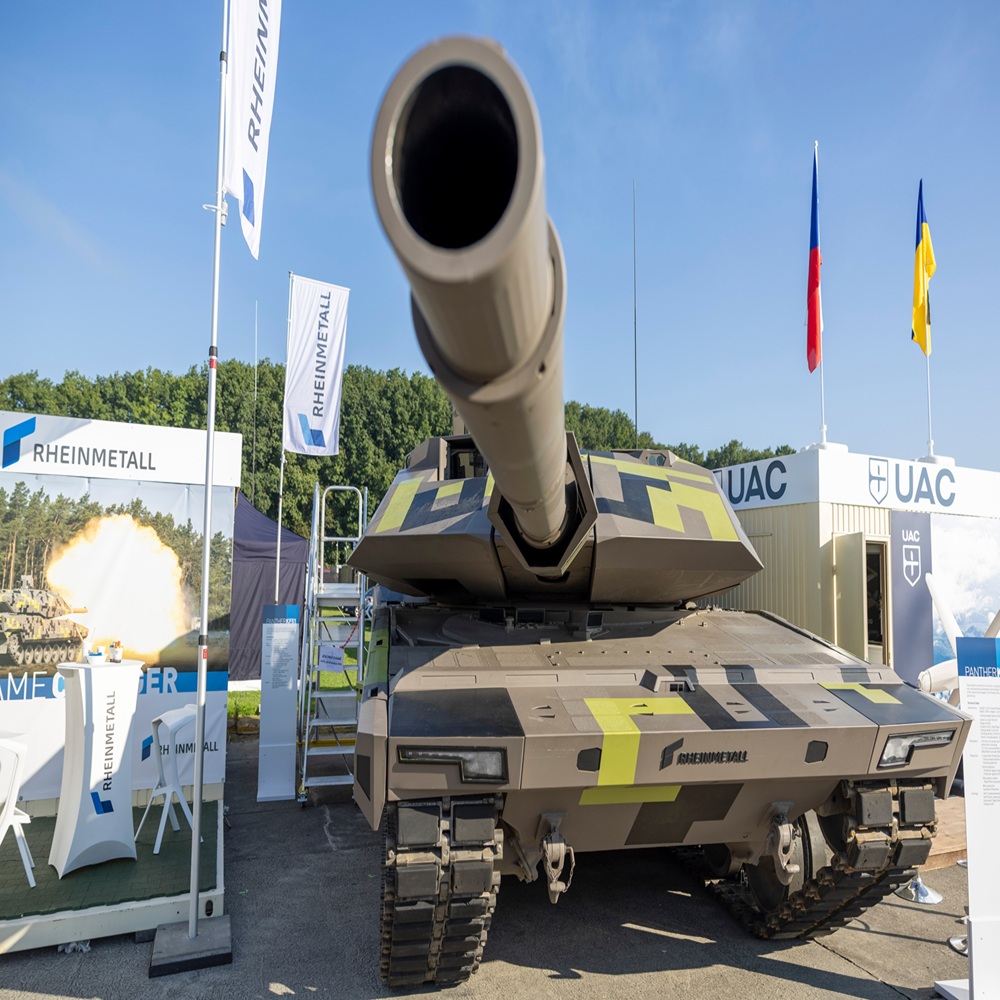
Boost for the defense industry - Seven short-term proposals for a competitive domestic defense sector
by Dr. Christina Catherine Krause , Dr. Jan Cernicky
한국어로 읽기 Leer en español In Deutsch lesen Gap اقرأ بالعربية Lire en français Читать на русском ' Germany and Europe must invest more in defense and deterrence capabilities to assert and maintain themselves. This requires substantial and long-term investment in our armed forces, in research and development, in infrastructure, material and personnel. ' Various analyses indicate that the upcoming significant increase in defense spending is a fantastic opportunity for German industry. However, despite the high demand, it is very hesitant to transfer its partially idle capacities to the lucrative defense sector. ' To strengthen the competitiveness of the German defense industry and thus benefit from lower prices through mass production, better use should be made of the advantages of the EU internal market. ' Germany has globally unique knowledge and unparalleled production networks in many sectors that are needed to produce defense equipment. At the same time, many of these sectors are currently in crisis and have spare capacity. ' At the same time, sustainable and long-term financing of military procurement is essential, which is primarily achieved through long-term contracts or purchase guarantees. ' Such measures should also contribute to a change in mentality so that employees, customers, and financiers increasingly perceive the defence industry as a positively valued industrial sector. Defense capabilities: Investment is essential. President Donald Trump has made it clear that the United States no longer sees itself as a security guarantor for Europe. While the USA is scheduling talks with Russia on the future of Ukraine, there is great concern in Europe about new arbitrary border demarcations: a division of Europe. The Munich Security Conference has ruthlessly exposed the USA's disengagement from Europe and the breakdown in values between the EU and the Trump administration. Since then, developments have become thick and fast. There are fears of the end of the transatlantic partnership and the US reneging on its NATO commitment. However, it has long been clear that Germany and Europe must invest more in deterrence and defense capabilities to assert and maintain themselves and can no longer be free riders for the USA. The EU is not helpless: the accumulated economic power of the EU states is equal to that of the US and ten times that of Russia. However, defense capability requires considerable and long-term investment in the armed forces, in research and development, in infrastructure, material and personnel. Closing capability gaps is the top priority. With this goal in mind, the procurement of fighter jets, drones, transport and combat helicopters, air defense systems, infantry fighting vehicles, transport vehicles, submarines, corvettes and much more has been commissioned over the past three years. So far, however, only the essentials have been ordered and made up for, which have been neglected for years. The defense industry: fragmented and underfunded Despite clear analyses, good plans and declarations of intent, the European defense industry remains underfunded and fragmented, according to the Draghi Report1. As of 2023, for example, the European NATO states were operating nineteen different battle tanks, twenty different fighter aircraft and ten diverse types of submarines. Projects for joint development and production revealed some insurmountable hurdles, as the FCAS example shows. Europe has so far benefited little from the additional funds for defense: between mid-2022 and mid-2023, 78% of total procurement expenditure went to non-EU companies, 63% of which went to the USA. In this respect, it is particularly important to strengthen domestic and European industry. To remain competitive, investments must be made at increasingly shorter intervals. Development cycles are becoming shorter and shorter - as can be seen in drone production, for example. The potential of an integrated European defense is huge! The new and first-time EU Commissioner for Defense and Space, Andrius Kubilius, has set himself the goal of exploiting this potential. In March 2025, he will present the first White Paper on the future of European defense. Various analyses indicate that the upcoming significant increase in defense spending is a terrific opportunity for German industry. It has been calculated that an increase in defense spending to 3 percent of GDP would increase economic output by 1 to 1 ½ percent.2 It is clear that economic output in Germany will only increase as a result of defense spending if domestic manufacturers or suppliers are involved in the production of the goods in question. However, despite the high demand, German industry is very hesitant to shift its partially idle capacities into the lucrative armaments sector. Why is that? Germany: in a particularly good technological position In terms of technical capabilities and the necessary production capacities, Germany is fundamentally in a particularly acceptable position. Traditional companies as well as young, agile start-ups are thriving on the market. The country has unique expertise and unparalleled production networks in many sectors that are needed to produce defense equipment. This applies, for example, to vehicle construction, mechanical engineering, the chemical industry, the metal industry, the aerospace industry, and automation technology. At the same time, many of these sectors are currently in crisis - primarily due to the transformation in the automotive industry - and have spare capacity. With a view to the goal of expanding the production of defence equipment in Germany quickly, resiliently, and efficiently, there is immense potential here that can be realized quickly and operated economically. In December 2024, the Stockholm International Peace Research Institute (SIPRI) showed that the global defense industry will continue to grow by 4.2 percent in 2023. Four German companies are among the top 100 companies worldwide: Rheinmetall (26), ThyssenKrupp (66), Hensoldt (73) and Diehl (83), as well as three European companies: Airbus (12), MBDA (33) and KNDS (45).3 At the top of the global list are companies from the USA, the UK, Russia and China. Some of them focus entirely on armaments or on dual use, as the example of Boeing shows. There is potential in Germany and Europe that needs to be tapped into now to secure the continent. However, many details have so far stood in the way from the point of view of the private sector. Defense industry: obstacles Industry often waited a long time for contracts, sometimes in vain. While Russia switched to a war economy, Germany missed a real turning point. There is a lack of reliable commitments from the German government regarding long-term financing for procurement. This is because companies only invest in new capacities if they can assume that these can be utilized profitably for at least ten years. In addition, social acceptance of the arms industry remains low. Companies not previously active in the armaments sector - for example in the automotive industry - fear that employees, customers, and investors will be skeptical about a shift towards weapons production. However, tank manufacturer KNDS has shown that there is another way with its takeover of Alstom's former locomotive plant in Görlitz. The financing of armaments projects is still more expensive than for civilian projects. This is also due to the EU's taxonomy, which, despite a recent weakening, still makes investment in armaments more difficult. This increases financing costs and may make projects completely unprofitable. The production of armaments is also subject to significantly more regulations than civilian production, which is justified. However, it should be possible to significantly reduce the regulations to the absolute minimum necessary without reducing safety. It is also often overlooked that the defence industry can hardly take advantage of cross-border supply chains - the core of German industry's high competitiveness. This is due to different export licenses in European countries. As a result, there is an incentive to keep supply chains in one's own country. Synergies from mass production based on the division of labor cannot be promoted in this way, and as a result, armaments are still often manufactured products with correspondingly soaring prices. Finally, there are still civilian clauses that prohibit universities from conducting research on military issues and purposes and from cooperating with the arms industry. This cuts the arms industry off from the traditional path of innovation. Seven viable solutions The following measures could enable the arms industry to ramp up its production capacities quickly and become much more competitive: 1. The immense economic advantages of the EU internal market can only be exploited if there is a significant simplification and standardization of export rules for the arms industry. Up to now, most German-made systems used in the Bundeswehr can only be exported to other NATO or EU partners without any problems. However, it is desirable for European producers to be able to specialize and focus on the global market so that they can achieve the competitiveness that otherwise characterizes the German export industry. This requires European supply chains, which has hardly worked in the military sector to date due to the strict German export regulations, as the participation of a German company is tied to strict arms export regulations. The term german-free has been a selling point at international arms fairs to date, as this is the only way to guarantee smooth deliveries and maintenance of military equipment. The possibility of exporting to third countries such as Israel, Japan or South Korea would bring advantages: Bundeswehr weapons systems and spare parts would become cheaper due to economies of scale. 2. Further European and German regulations should be revised immediately. These include the sustainability directive in the financial taxonomy, the dual-use regulation and many particularly stringent requirements for the arms industry, whose production in many cases hardly differs from other branches of industry (only a few companies work with explosives or other hazardous materials). Special economic zones for arms production would also be conceivable, in which selected regulations and rules would not apply or would apply differently than otherwise. 3. Long-term contracts of the federal government for arms purchases should be secured by a robust and sustainable regular defense budget. 4. For other equipment (ammunition, protective equipment, light vehicles, etc.), Europe-wide tendered purchase guarantees are a much better means than "priority procurement in Germany". Ideally, the Bundeswehr would conclude a contract with more than one company that stipulates that a certain quantity of military equipment must be purchased at a minimum price - even if the item in question can be bought more cheaply on the world market. On the other hand, the company guarantees a maximum price at which it must sell the specified quantity to the Bundeswehr - even if the prices on the world market are higher. It is right to put such contracts out too tender throughout Europe and to take advantage of the EU single market. The German (supplier) industry is so strongly positioned in Europe that it participates in a substantial proportion of production. With reference to the safety aspects that apply here, the associated exclusion of non-European producers is WTO-compliant. 5. In view of the above, regulations that stipulate procurement only from Germany or provide for quotas of domestic production should be dispensed with. 6. KfW should provide credit lines for the conversion of existing industrial plants into defense plants. 7. Civil clauses should be abolished. This should ensure for all researchers at universities and colleges that third-party funding and other sources of financing will not be reduced or completely cut if they decide to cooperate in research with the defense industry. Conclusion The measures would strengthen the competitiveness of the German defense industry and deepen cooperation between EU states. They should also contribute to a change in mentality so that employees, customers, and financiers increasingly perceive the defense industry as a positively valued industrial sector. This should be flanked by political communication and, if necessary, marketing measures. With an appropriate policy that focuses on incentives and not on detailed regulations, several goals could be achieved at the same time: German industry could grow again in its traditional sectors, the Bundeswehr would be able to procure urgently needed equipment and material for its defense and deterrence capabilities faster and more cheaply, the European Union could grow closer together and Europe's security in these turbulent times would be strengthened. References 1 The Draghi report on EU competitiveness, 9. September 2024. 2 Vgl. EY, Dekabank: Wirtschaftliche Effekte europäischer Verteidigungsinvestitionen. Februar 2025 und Ethan Ilzetzki: Guns and Growth: The Economic Consequences of Defense Buildups. Kiel Reports Nr.2/2025, Kiel Institute for World Economy. 3 The SIPRI Top 100 Arms-producing and Military Services Companies, 2023 | SIPRI, Dezember 2024.









